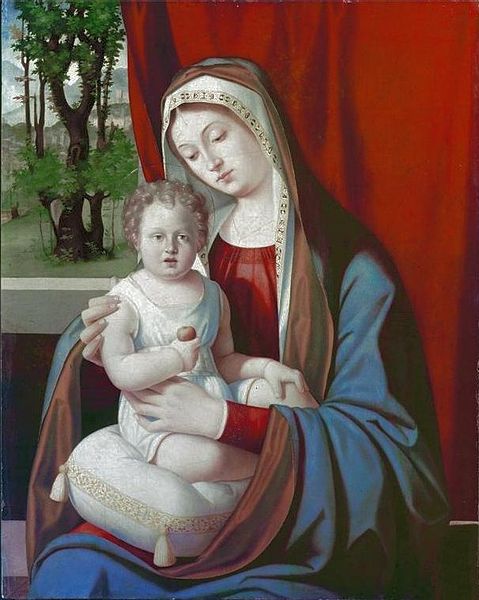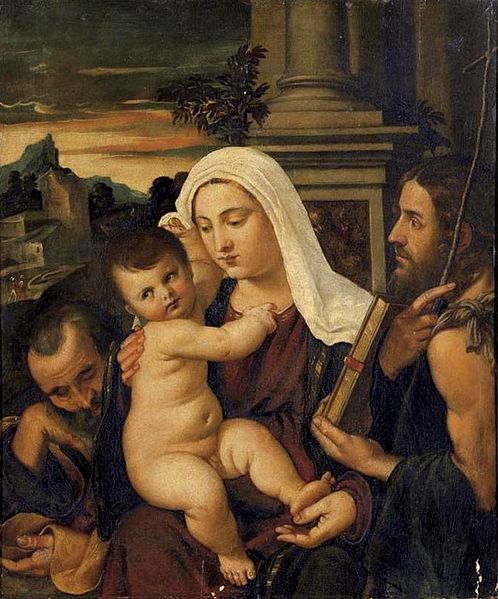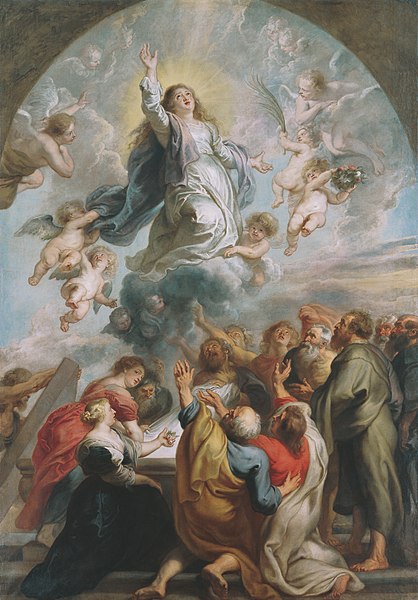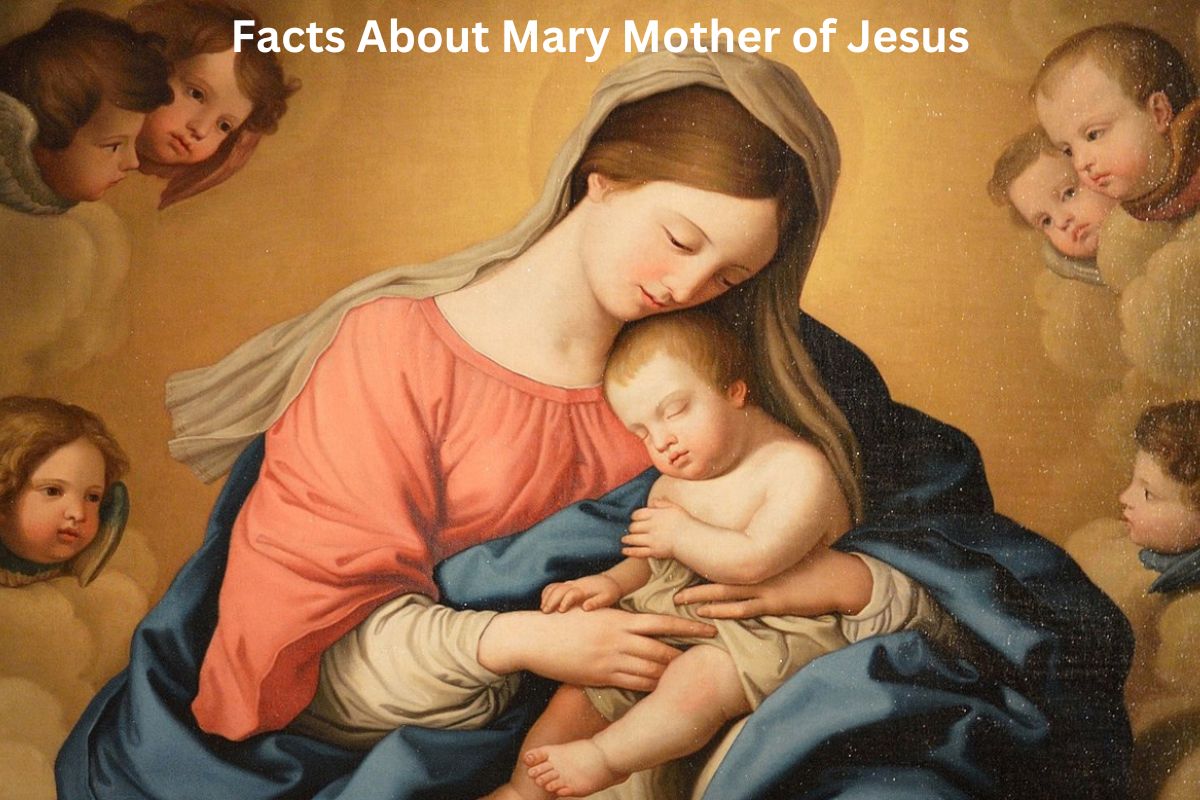Mary, the mother of Jesus, is a prominent figure in Christianity. Her life and role in the Christian story are deeply revered and celebrated.
In this discussion, we will explore key facts about Mary, from the moment she received the angel Gabriel’s Annunciation to her unique status in Catholic doctrine, her presence at Jesus’ crucifixion, and her titles and significance in Christian devotion and celebrations.
Mary’s story is central to the Christian faith and has inspired devotion and theological reflection for centuries.
Mary Mother of Jesus Facts
1. Received the Annunciation from the angel Gabriel
According to the Gospel of Luke in the New Testament of the Bible, Mary was a young Jewish woman living in Nazareth when she received a visit from the angel Gabriel.
Also Read: Facts About the Ten Commandments
The angel announced to her that she had found favor with God and that she would conceive a child through the Holy Spirit. Gabriel told Mary that she would give birth to a son and should name him Jesus.
This event, known as the Annunciation, is a crucial moment in Christian theology as it marks the beginning of Jesus’ earthly life.

2. Immaculately conceived (according to Catholic doctrine)
The belief in the Immaculate Conception refers to the Catholic doctrine that Mary herself was conceived without original sin.
This means that from the moment of her conception in her mother’s womb, Mary was preserved from the stain of original sin, making her a pure vessel to bear the Son of God, Jesus.
Also Read: St Joseph Facts
It is essential to note that this doctrine is often misunderstood as referring to the conception of Jesus, but it actually pertains to Mary’s own conception.
3. Gave birth to Jesus in Bethlehem
After the Annunciation, Mary, who was betrothed to Joseph, traveled with him to Bethlehem due to a decree from the Roman Emperor Augustus that required people to return to their ancestral hometowns for a census.
In Bethlehem, Mary gave birth to Jesus in a stable because there was no room at the inn. This event is celebrated by Christians as the Nativity and is central to the Christmas story. According to the Gospel accounts, she wrapped the baby Jesus in swaddling clothes and laid Him in a manger.
4. Fled to Egypt with Joseph and Jesus to escape King Herod
Shortly after Jesus’ birth, King Herod of Judea, upon learning of the birth of a potential rival, sought to have the infant Jesus killed.
To protect the child, an angel warned Joseph in a dream to take Mary and Jesus and flee to Egypt. Mary and Joseph obeyed this divine guidance and traveled to Egypt, where they lived until Herod’s death.
This event is known as the Flight into Egypt and underscores the perilous circumstances surrounding Jesus’ early life.

5. Married Joseph, a carpenter
Mary was betrothed to Joseph, a carpenter from Nazareth, at the time of the Annunciation. Betrothal in ancient Jewish culture was a legally binding stage of marriage that preceded the actual wedding ceremony.
Mary and Joseph’s marriage is an essential aspect of the story of Jesus’ birth, as Joseph is considered Jesus’ earthly father. Joseph played a protective and nurturing role in Jesus’ upbringing, guiding and providing for his family.
6. Present at Jesus’ crucifixion
Mary’s presence at the crucifixion of Jesus is a poignant and sorrowful moment in Christian tradition. According to the Gospel of John, while Jesus hung on the cross, he entrusted the care of his mother to the beloved disciple, John.
Mary, standing at the foot of the cross, witnessed the crucifixion of her son, which is a central event in Christian theology. Her presence is a symbol of her unwavering love and devotion to Jesus, even in the face of his suffering and death.

7. Assumed into heaven according to Catholic belief
According to Catholic doctrine, Mary was assumed into heaven both body and soul at the end of her earthly life. This event is known as the Assumption of Mary and is celebrated on the Feast of the Assumption, observed on August 15th.
Unlike most humans who experience physical death, it is believed that Mary was taken up to heaven without undergoing the decay of her body.
The Assumption underscores Mary’s unique and exalted role in Christianity, and it is a doctrinal difference between Catholicism and some other Christian denominations.
8. Venerated with titles like “Mother of God” and “Queen of Heaven”
Mary is venerated with a variety of titles that reflect her special role in Christian theology and devotion. One of the most significant titles is “Mother of God” (Theotokos in Greek), which emphasizes her role as the mother of Jesus, who is both fully divine and fully human.
Other titles include “Mother of Mercy,” “Our Lady,” and “Queen of Heaven.” These titles reflect the reverence and honor bestowed upon Mary by believers.
9. Intercessor for many Christians
In many Christian traditions, Mary is viewed as an intercessor, someone who can pray to God on behalf of believers. Many Christians turn to Mary in times of need, asking for her prayers and intercession.
This belief is particularly strong in Catholicism, where devotion to Mary is a significant aspect of religious practice. The idea is that Mary’s special relationship with Jesus makes her a powerful advocate for those who seek her help and guidance.
10. Celebrated in various feasts throughout the Christian calendar
- Mary is celebrated in various feasts and commemorations throughout the Christian liturgical calendar. Some of the most prominent include:
- The Feast of the Immaculate Conception (December 8), which celebrates Mary’s conception without original sin.
- The Feast of Our Lady of Guadalupe (December 12), a significant celebration in Mexican and Latin American Catholicism.
- The Feast of the Nativity of the Blessed Virgin Mary (September 8), which marks Mary’s birth.
- The Feast of the Annunciation (March 25), which commemorates the angel Gabriel’s visit to Mary.
- The Feast of the Visitation (May 31), which recalls Mary’s visit to her relative Elizabeth, who was pregnant with John the Baptist.
These feasts and celebrations are opportunities for Christians to reflect on and honor Mary’s role in the Christian story, and they are an integral part of the liturgical calendar for many denominations. Mary’s significance extends beyond her historical role as the mother of Jesus; she is also a central figure in Christian spirituality and devotion.
